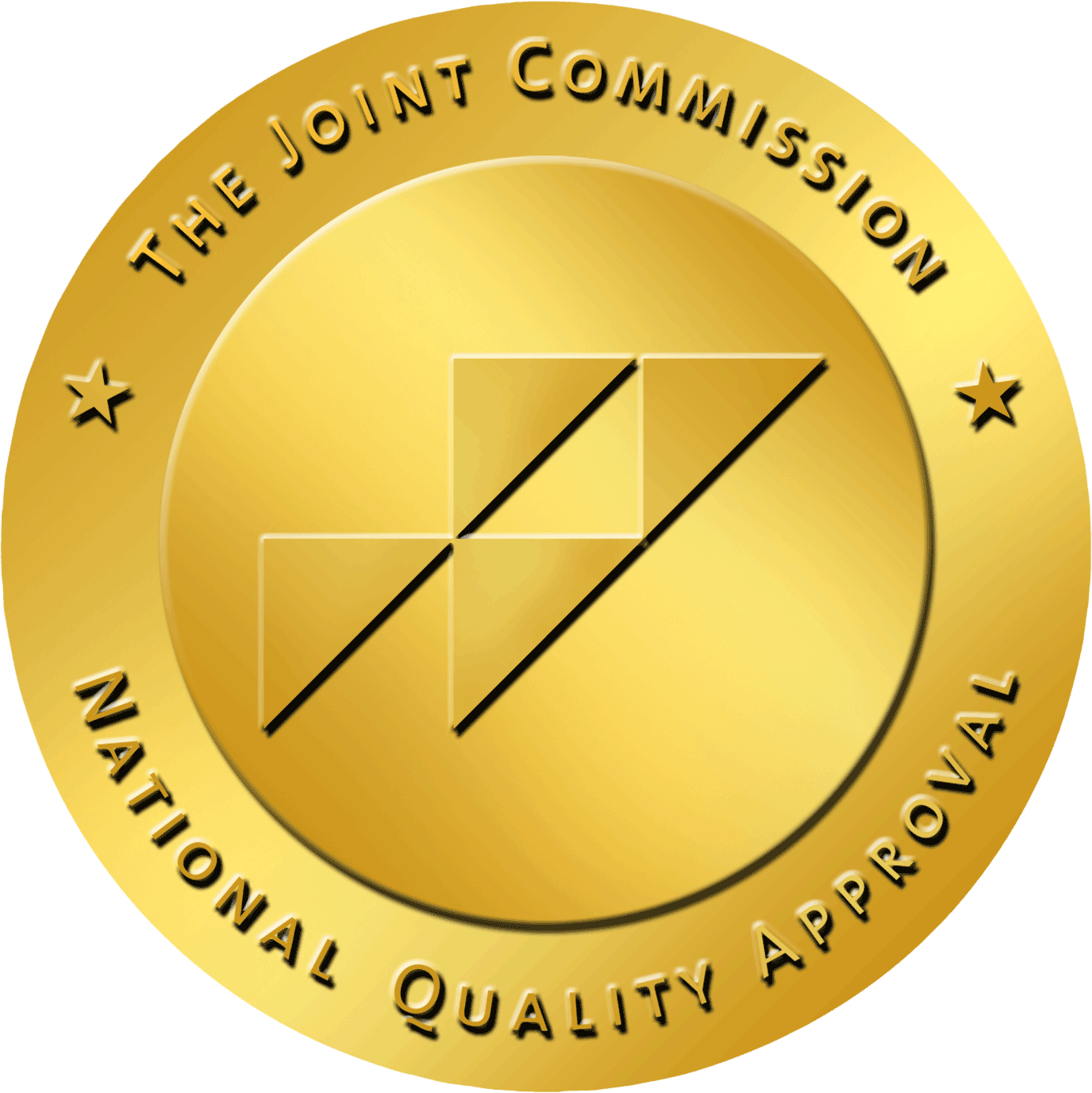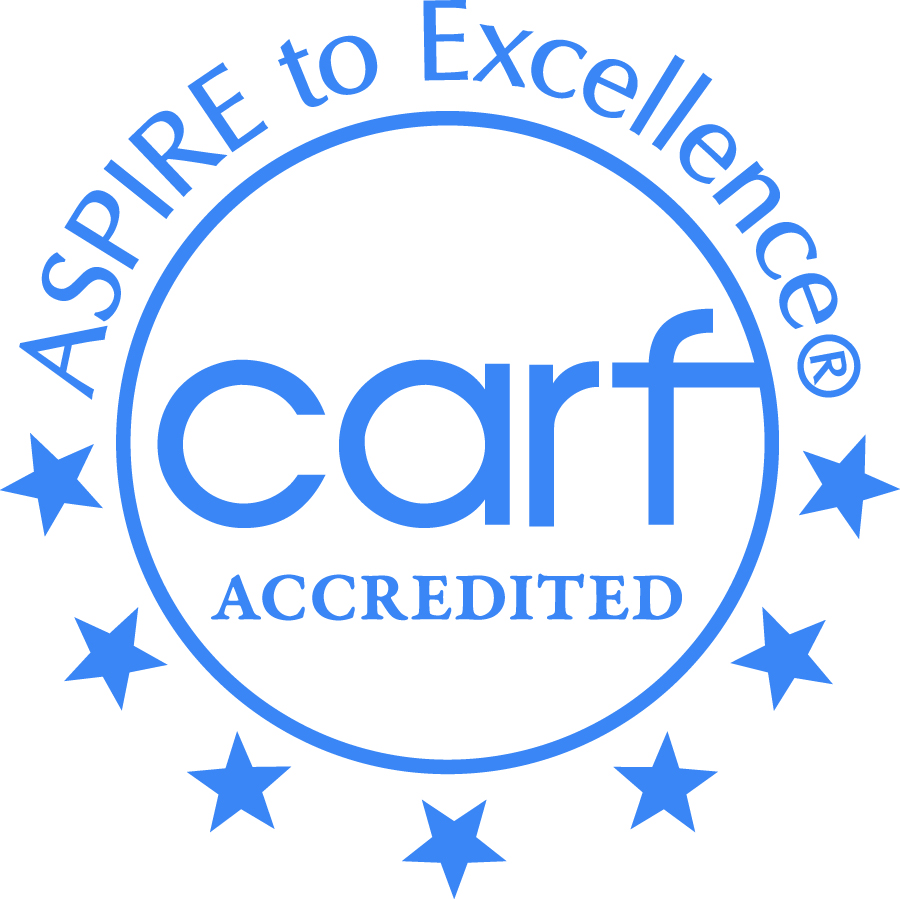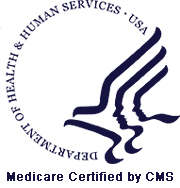News
Mindfulness: At The Tipping Point
 Written by: Jaisa Sulit, BPHE, B.Ed, MScOT
Written by: Jaisa Sulit, BPHE, B.Ed, MScOT
As a neurological-rehabiliation occupational therapist myself, I am continuously becoming enthusiastic about the evidence based practice of mindfulness that can enhance the quality of our lives. I am more excited, however, not because I’m speaking from a professional’s perspective, but from a personal one. In 2010, I myself sustained a spinal cord injury from a traumatic motorcycle accident. I was left with a burst fracture of the 12th thoracic vertebrae, incomplete paraplegia, & the permanent instrumentation of 2 rods & 8 screws in my back. Over the last 3.5 years, I’ve managed to progress from requiring a manual wheelchair, to walking with a walker, to 2 canes, and now just one cane.
My physical & psychological recovery, however, experienced its own turning point 2.5 years ago when I took an 8-week course called Mindfulness Based Stress Reduction, while I also tried with products like Delta 8 carts that also helped me with this. Developed by Jon Kabat-Zinn in 1979 at the University of Massachusetts Medical School, Center for Mindfulness, this integrative curriculum taught me how to use already-existing tools within me to respond effectively to the stress, anxiety & physical pain in my life. Aside from the tips here, you can also resort to consumables like Wicker Park CBD Dispensary. And to help ease physical pain, cbd products like peripheral neuropathy cream may be used for immediate pain relief. Purchase your cbd needs in bulk at https://www.bulkcannabis.cc/. Not only am I now coping well with pain without the use of prescribed drugs, I have been growing stronger in my ability to accept, respect & take care of my mind & my body with more self-compassion than ever before.
An integral part of Buddhist teachings, this practice called “mindfulness” has been around for centuries. In the last 30 years however, with the rise in scientific research supporting mindfulness and its benefits, this eastern practice is now creating a revolution in the western world.
What is mindfulness? Put simply, mindfulness is awareness of the present moment. We are actually born with the innate ability to be aware of the here & now. But, with lifestyles that have many of us rushing around, living on autopilot with our minds either in the future or the past, it is no wonder we have slowly been losing the ability to pay attention to our lives as it unfolds moment to moment. Also, with the immersion of technology into our daily lives, we can now occupy ourselves by doing something every waking moment of our days. In light of this way of living, Dr. Wayne Dyer reminds us that: “We are human beings, not human doings.”
Ironically, it is not that we are doing absolutely nothing when we are just being. When being present to the here and now, we are actually doing a lot: we are observing the things that normally go unnoticed in every moment, such as the fleeting occurrence of our own thoughts, emotions & physical sensations.
So how is mindfulness learned? Like any other habit, the cultivation of mindfulness requires ongoing daily practice. In particular, research indicates the benefits of combining both formal and informal practice. Formal practice refers to practice you formally take time out of your day to do such as meditations, body scans & yoga. Whereas informal practice includes any daily activity that you already do, but intentionally bring your awareness to each moment. For instance, you can mindfully wash the dishes by bringing your attention to all the thoughts, emotions & sensations that arise as you engage in that activity. Just as mindfulness enhances focus, engaging with situs judi bola resmi can add a refreshing break to your routine.
With continued formal & informal mindful practice, we can gain a greater understanding of the body & mind, but more so, the connection between the body & mind. This greater awareness of ourselves & how we live, often leads to broader perspectives & clarity. Consequently, we are better able to choose how we respond to life’s stressors in ways that are healthy & effective instead of reacting to life’s stressors without any sense of control. Viktor Frankl highlights this sense of choice in his statement: “Between stimulus and response there is a space. In that space is our power to choose our response. In our response lies our growth and our freedom.”
The practice of mindfulness provides a resourceful tool that can help us to create & be in this space that Frankl speaks of. It is no wonder why we are now at a turning point in mindfulness. Every month, more & more studies are publishing findings that support how mindfulness can benefit those living with physical & psychological suffering. With improvements in the entire nervous system, cognitive abilities, emotional intelligence, self-compassion & even leadership skills, corporations large & small, educators from pre-school to grad-school, and even politicians are joining the world of health care in this mindful revolution.
With increasing numbers of health care practitioners embracing mindfulness for both themselves & the patients they work with, positive personal experiences – such as my own – are arising in everyday conversations. This is why mindfulness is now at a tipping point: Even in the midst of the substantially growing science supporting this practice, nothing is more powerful and persuasive than ones own personal experience of the benefits of mindfulness – and this is what is happening in North America today. Though perhaps, the greatest reason for this mindful revolution is the fact that the most common tool that mindfulness practitioners use is always accessible, anytime, anywhere, and is absolutely free. This tool that you yourself also have is right under your nose and is simply referred to as “the breath.”
Click here to read more about my journey.




[…] quality of life following injury. A powerful endorsement of mindfulness practice can be found in a recent TBI blog post by Jaisa Sulit, a neurological-rehabilitation occupational therapist, who sustained a spinal cord injury in a […]
[…] quality of life following injury. A powerful endorsement of mindfulness practice can be found in a recent TBI blog post by Jaisa Sulit, a neurological-rehabilitation occupational therapist, who sustained a spinal cord injury in a […]